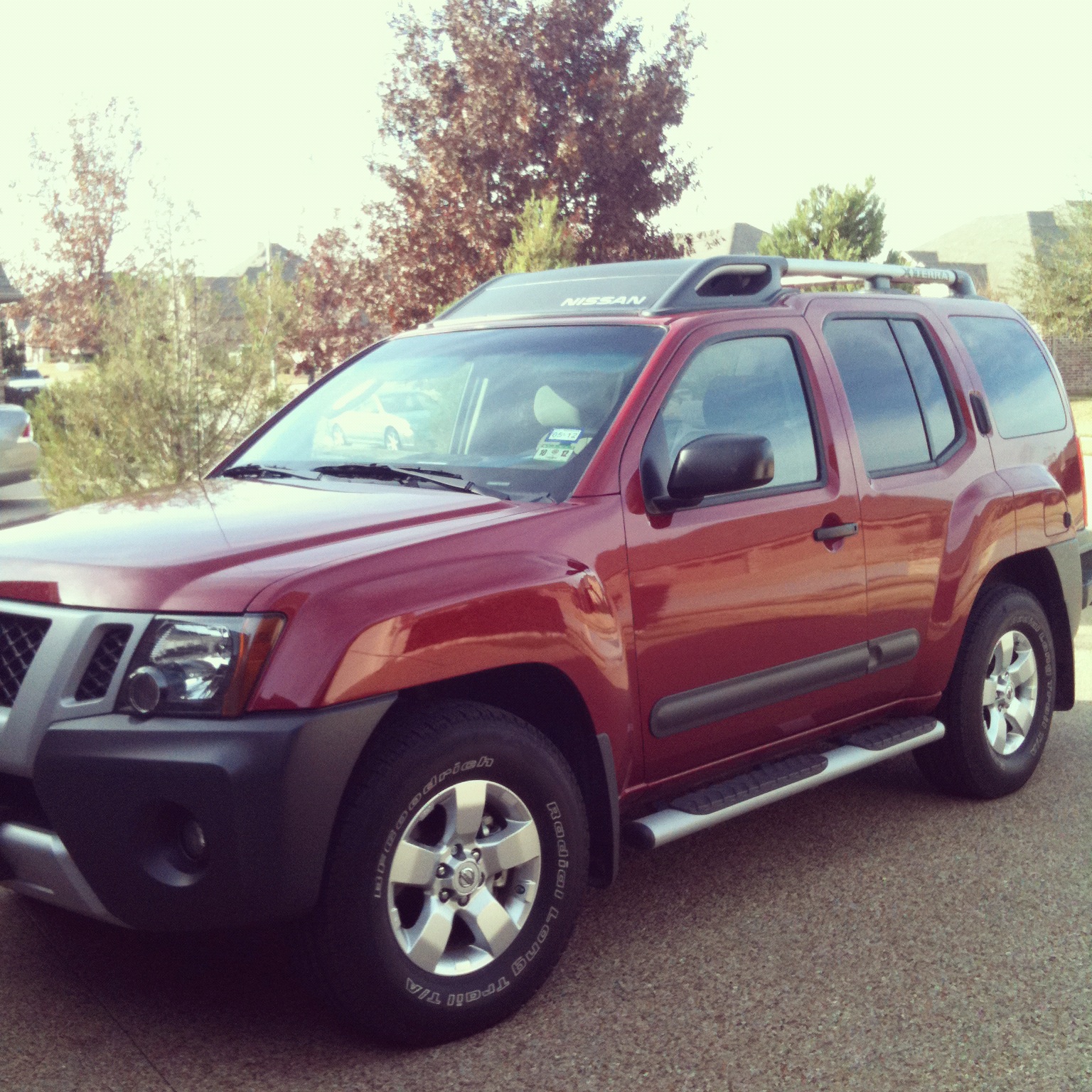Protect Yourself Against Identity and Credit Card Theft

Let’s get the bad news out of the way: no person, action, service, or product can prevent identity theft. The fact of the matter is that identity thieves can and will find victims.
But the good news is that protecting yourself from identity theft is like trying to outrun a mountain lion. While you’ll never be faster than the lion, you really don’t have to be. The important thing is to be faster than the poor schmo puffing away next to you.
In the case of identity theft, that means making yourself less attractive than the next guy—because the identity thief, like the mountain lion, will always get his prey. There are several ways to go about making yourself a less attractive target and the majority of these strategies are completely free.
Protecting your identity starts at home. Take precautions like not allowing your mail to stay in the mailbox overnight and shredding personal information before recycling it. For extra protection, you can use a credit monitoring or identity theft protection service. Or you can fully lock down your credit by adding a credit freeze. Strategies to protect yourself against credit card theft include carrying your credit cards separately from your wallet and never give out your information over the phone.
Protecting Against Identity Theft Starts at Home
The simplest way to keep your identity safe is to make security a habit. Identity theft may seem like a high-tech sort of crime, but most id thieves rely on low-tech methods like dumpster diving and mail theft in order to get your information.
Taking some simple precautions will protect you from those thieves. That means not allowing your mail to stay in the mailbox overnight, shredding personal information before recycling it, and not allowing newspapers to pile up while you’re out of town.
In particular, we all need to be more vigilant about the security of our mail in January. This is when we receive a great deal of “high-value” mail. We receive W-2s and other tax information in the mail, which thieves are well aware of. Just a single piece of tax-related mail can give an identity thief a treasure trove of information.
Related: 7 Things to do Before You File + a Free Tax Prep Checklist
One of the best things you can do to protect yourself in the New Year is to switch to e-delivery of your tax information. Also, consider opting out of prescreened credit card offers.
1. Use a Credit Monitoring or Identity Theft Protection Service
The next level of defense is employing a service that monitors your credit and/or identity. There are two service levels to consider: credit monitoring and identity theft protection.
What is Credit Monitoring?
Credit monitoring services like Credit Karma track the activity on your credit report from one or more of the three major credit bureaus (Experian, TransUnion, and Equifax).
These services can show you your payment history and credit utilization rate. It can alert you if a new credit card or loan has been taken out in your name. If a fraudulent negative item (like a late payment, collection, or bankruptcy) has been placed on one of your credit reports, credit monitoring can also help you discover and fix the errors faster.
Related: Improve Your Credit Score with Our Ultimate Guide to Credit
Credit monitoring services are often free. But to see all of your credit reports, you may need to use more than one service. Credit Karma, for example, currently only offers TransUnion and Equifax credit monitoring.
What is Identity Theft Protection?
The advantage to credit monitoring is that it’s usually free. The downside is it won’t be able to help you if your personal information is used in any way other than to apply for credit.
Applying for loans and credit cards is just one of many ways that identity thieves can use your personal information. They can also try to open up bank accounts, commit tax fraud, order wireless or other utility services, and much more.
Identity theft protection services can alert you to these other types of fraud because they’ll keep an eye for any instances of your personal information being used online or on the Dark Web. To learn more about the differences between credit monitoring and identity theft protection, check out this guide from the Federal Trade Commission (FTC).
Identity Guard
If you’re looking for extra protection beyond what credit monitoring can offer, you may want to check out Identity Guard. Identity Guard® offers identity theft protection for individuals and families in addition to businesses. They’re regularly included in our list of the best identity theft protection services.
One of the things that sets Identity Guard apart is that they’ve combined traditional monitoring with even more advanced monitoring powered by IBM Watson. Their software is constantly scanning for suspicious activity on your existing accounts while also monitoring the Dark Web for your personal information.
Identity Guard plans for individuals range from $7.50 to $20.83 per month for individuals and from $12.50 to $29.17 for families. All plans come with $1 million of insurance with stolen funds reimbursement. Get started with Identity Guard.
2. Place a Freeze on Your Credit Report.
Credit freezing is taking your credit report almost completely out of circulation. A credit freeze makes it impossible for anyone, including yourself, to open a new line of credit in your name.
In the past, consumers would be required to pay a small fee ($3 to $12 per month) for a credit freeze. However, the Economic Growth, Regulatory Relief and Consumer Protection Act, passed in 2018, made it completely free to freeze your credit in all 50 states.
Frozen credit will be a problem when you are looking to actually purchase a new car or home or otherwise open up credit. Thankfully, you can “unfreeze or “thaw” your credit report for a short period of time and then refreeze it again.
If you want to unfreeze your credit temporarily, you can do it fairly quickly over the phone or online with each of the three major credit bureaus. You’ll simply need to tell them the date that you want your credit to unfreeze and when you want it to freeze again.
Recently, I needed to unfreeze my credit to open a business checking account. I was able to do so with all three credit bureaus in less than 10 minutes total. Honestly, the inconvenience was very slight — especially when compared with the daily peace of mind that I feel from having my credit frozen.
Related: Best Free Business Checking Accounts
Protecting Against Credit Card Theft
If you were to turn over any credit or debit card in my father’s wallet, you would find that instead of signing his name in the signature box, he had written “Check Photo ID.” His rationale was twofold:
- On the off chance that a cashier or waiter were to actually try to compare the signature on the card with the one on the charge slip (which, as a former retail employee, I can tell you is a rare event indeed), they would truly be able to determine if the person using the card was actually the cardholder.
- If his credit card was stolen, my father didn’t want the thieves to also have a copy of his signature to forge.
This is a strategy I have emulated, but as technology has advanced this trick has become less and less useful. After all, internet shopping requires no signature. And, as of April 2018, all four major credit card issuers no longer require signatures (however, retailers can still voluntarily choose to ask for them).
However, doing simple, low-tech things like this can help to protect you and your identity in case your credit card takes a powder. Here are four more strategies you can use to protect yourself from credit card theft:
1. Photocopy the Contents of Your Wallet
This is another strategy my father taught me. It’s much easier to do now that most people have printers that also make photocopies. Make a copy of the front and back of everything you carry in your wallet. That way you know exactly what you have lost in the event that your wallet is stolen or goes missing.
In addition, having photocopies means you have easy access to the phone numbers and account numbers. You will need those if you need to call your credit card company to cancel your card. Obviously, keep these photocopies in a safe place, such as your home safe.
2. Carry Your Credit Card Customer Service Phone Number with You
The only problem with the photocopy method is the possibility of losing your wallet when you’re traveling. That’s why it’s a good idea to also carry the toll-free customer service numbers with you. Then you know who to call in case of loss.
The easiest option would probably be to program the toll-free number into your cell phone so you can easily reach it. Or you could create an “important phone numbers” document that lives on your cloud storage platform of choice (Google Drive, Dropbox, etc.).
One important thing to note: When canceling a credit card, you will be asked for the account number. However, it’s clearly unsafe to carry this around—particularly if you have it stored with the toll-free phone number. Why make it easy for a thief to call and change your information?
But, if you are calling to alert your credit card company to a theft, you can prove your identity and account status even if you do not know your account number off the top of your head. So rest assured that simply having the phone number will be enough if you lose your card.
3. Carry Credit Cards Separately From Your Wallet
The thinking behind this trick is that you can minimize the likelihood of having your credit card stolen if it is separate from the rest of your wallet. While it’s unfortunate to lose any cash you are carrying, it will not affect your future finances like credit card fraud can and will.
The “Two Wallets” Strategy
Here’s how this strategy worked for me: I used to carry two “wallets.” One was a traditional wallet, in which I kept cash, my debit card, my driver’s license, and other forms of ID. The other was a small case designed as a business card holder, in which I kept my credit card, gift cards, and receipts.
On a trip to New York City, the credit card “wallet” was lifted out of my purse on the subway, and I did not notice the loss until I had returned home to Columbus, Ohio, since I was using cash and my debit card exclusively on the trip.
On the one hand, carrying these two wallets turned out well for me. I only lost my credit card, and apparently the one purchase the thieves attempted to make before abandoning the card was large enough that it pushed my credit over the limit and was declined. However, I should have been carrying my second wallet (or just the credit card itself) closer to my person—like in a snug pants pocket. If you do use this strategy, learn from my mistake and keep your separate credit card someplace more secure than I did.
The “Digital Wallet” Strategy
Another way to separate your credit cards from your wallet would be to load them onto your phone using a digital wallet like Apple Pay, Google Pay, or Samsung Pay. Some people are wary of this strategy because they don’t like the idea of a thief getting both their phone and their credit cards if their phone is lost or stolen.
However, many phones today offer strong encryption and can be locked down or wiped remotely. So keeping digital cards onto your phone could, in many ways, be more secure than carrying all of your physical cards inside your wallet. Finally, for online purchases, you may want to consider using a virtual credit card number.
Read More: Shop Safely Online: Use a Virtual Credit Card Number
4. Don’t Give Out Your Information
The beginning of the film Identity Thief shows just how easy it is for thieves to phish for information. Melissa McCarthy’s character calls her victim, pretending to inform him of potential fraudulent activity on his account and offering him free identity theft protection—he just needs to verify his information.
This is the sort of phone call you might expect to receive from your bank or credit card—but no legitimate institution will ever call, email, or text you with a request for information verification. So unless you have placed the call to a phone number you know is legitimate, never give your credit card number, Social Security number, birth date, or other information to someone over the phone.
Also, don’t trust the number that you see on your Caller ID, as phone numbers can be easily spoofed. If you do receive such a phone call alerting you to suspicious activity on your account, ask if you can take a phone number (which you then double check) and you call them.
The Bottom Line On Protecting Yourself Against Identity and Credit Card Theft
Identity theft is one of the scariest “bogeymen” of the 21st century. And we have a good reason to be frightened of the specter of identity theft: it can cost time and money, and potentially much more.
However, fear of identity theft or credit card fraud is no reason to feel powerless. Nor is it something you have to spend a great deal of money to prevent.
Taking a few simple and common sense precautions can help you to keep your identity and credit cards safe. And it can help you to clean up a mess quickly in the unfortunate event that your personal information is stolen.
How do you protect your identity and credit card information? Share your tips in the comments.





![Finances in Order? Don’t Forget to Monitor Your Credit [TransUnion Credit Monitoring Review]](jpg/credit-monitoring-by-transunion-2.jpg)
![Build Your Credit and Savings at the Same Time with Self Lender [It’s Legit!]](jpg/self-lender-legit.jpg)
Great tips about monitoring credit. This is can be the most likely area where your identity will be stolen. You should know that identity theft is more than financial. There is drivers license, medical, social security and character. No credit monitoring service tracks this.
Along with the credit monitoring, LegalShield does. And if something were to still happen ( because someone gave you all your id numbers, there is nothing you can do about it), they will, through a limited power of attorney that you grant, restore your identity back to its original state before the theft. LegalShield will cover both spouses for the same or less than the monitoring companies.
I have to admit that I am affiliated with LegalShield. But I think it is important to let people know about it. I would do it even if I weren’t.